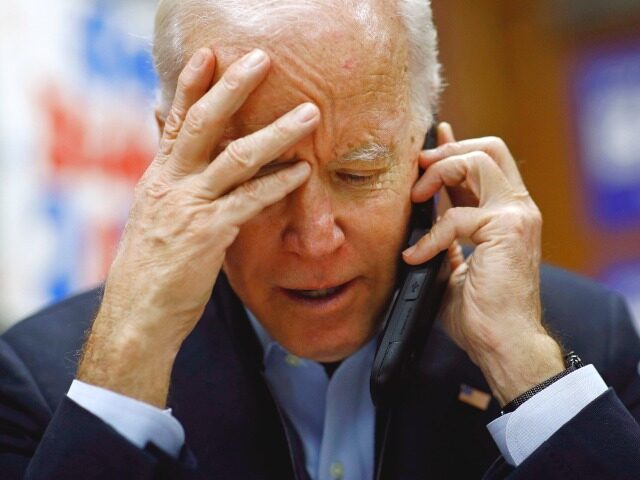The dynamics of American politics are currently under realignment, upending the standard Democrat coalition from the 1960s, polling trends show.
The realignment creates a massive problem for President Joe Biden and congressional Democrats who count on the black, Latino, and blue-collar vote to win elections.
Democrat inroads with black, Latino, and Asian voters deteriorated to the lowest point in 60 years, polling from Gallup and Siena College reveals. In turn, Hispanic and black men could vote for former President Donald Trump in proportions not seen in American politics since the 1950s.
- Biden led Trump by only 56 points to 44 points among non-white Americans, a New York Times/Siena College poll found March 2.
- Biden won that group by nearly 50 points in 2020.
And America’s gold-standard national election surveys show a similarly sharp decline, with non-white proximity to Democrats now at its lowest since the 1960s, before the civil rights movement and the 1964 election which aligned Black voters with the Dems and against the GOP pic.twitter.com/6rR70oieTJ
— John Burn-Murdoch (@jburnmurdoch) March 11, 2024
The non-white identification with Democrats is “at its lowest since the 1960s, before the civil rights movement and the 1964 election which aligned Black voters with the Dems and against the GOP,” Financial Times columnist and chief data reporter John Burn-Murdoch explained on X.
“So the non-white shift away from Dems seems very real. But what’s driving it?” he questioned. “One factor is fading memories. The civil rights movement and 1964 realignment formed very strong political bonds for the people who lived through it, but this is less true for more recent generations.”
The political realignment is also along class and income factors, polling suggests. “In 2020 the richest third of voters favoured the Dems for the first time, and the Republicans improved with the poorest,” Burn-Murdoch explained. “The GOP now appeals to working- and middle-class voters of all ethnicities.”
Trump appears to spur the realignment, forcing the Republican Party to identify with working-class taxpayers instead of woke big businesses, according to Patrick Ruffini, the cofounder of Echelon Insights. Ruffini explained in Time:
Trump upended the traditional party alignment in 2016 with a cultural appeal to white working class voters that simultaneously repulsed the denizens of America’s upper-income, college-educated suburbs. This continued in 2020, when Trump’s working class coalition was joined by millions of nonwhite voters, while Democrats continued to count more of the college educated in their ranks.
…
Trump may have perfectly embodied this old Republican stereotype, but under his watch, the party now has more people in it on the bottom half of the economic ladder, without college diplomas. This is a net positive for the GOP’s ability to win elections in the future, given that more than 6 in 10 voters don’t have a college degree.
“But after eight years of Trump, cultural topics feel played out a driver of voting behavior. Yes, they’ve polarized the electorate in new ways, with Republicans more competitive in the Rust Belt and Democrats in the Sun Belt,” Ruffini wrote. “But what’s different in 2024 is an election playing out under an umbrella of economic anxiety.”
“And that’s pushing more working class voters into Trump’s camp—especially nonwhite voters commonly aligned with the Democratic Party,” he concluded.
Wendell Husebo is a political reporter with Breitbart News and a former GOP War Room Analyst. He is the author of Politics of Slave Morality. Follow Wendell on “X” @WendellHusebø or on Truth Social @WendellHusebo.

COMMENTS
Please let us know if you're having issues with commenting.